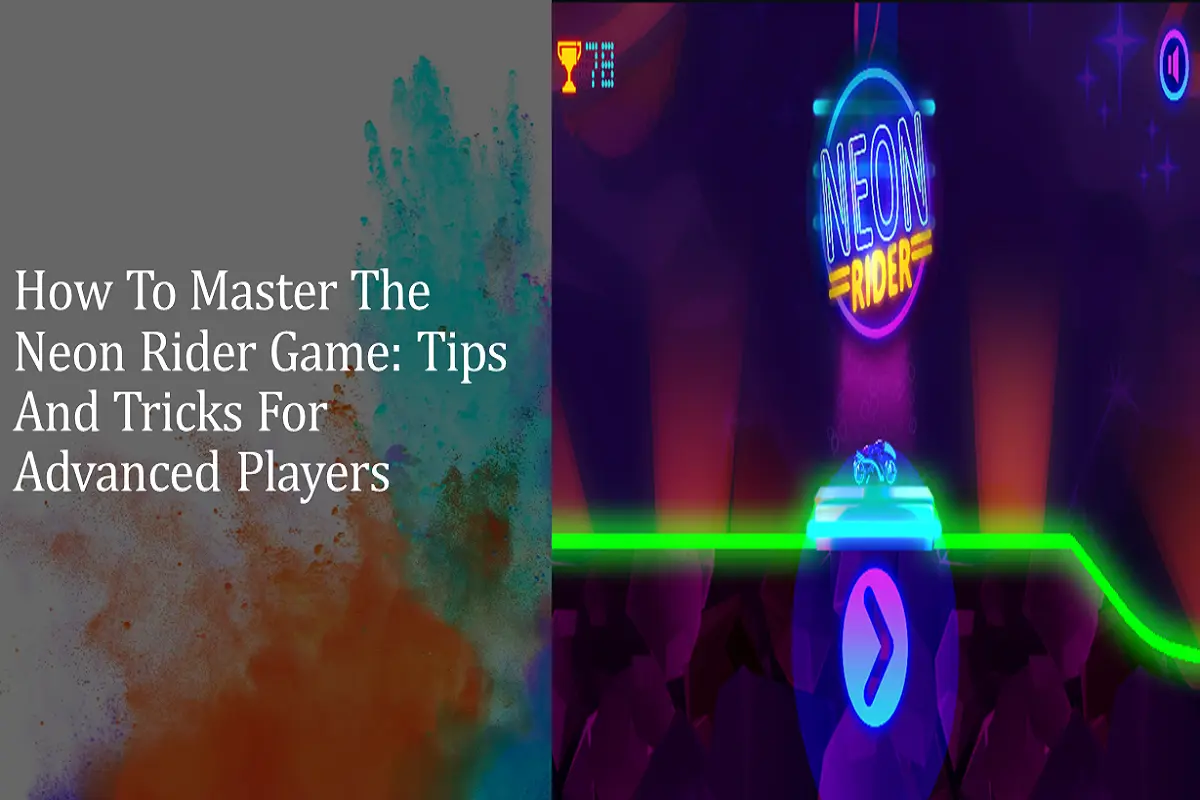
Neon Rider Game Mechanics: A Deeper Look at the Physics Engine
Neon Rider is not all about racing rapidly through different tracks rather, it is a complete experience in which a player needs to learn the game mechanics to dominate. The physics behind it goes much deeper than a simple racing game.
A player must know the track, when to jump, when to speed up, and how to handle the obstacles. This article will explain how Neon Rider’s physics work, how the terrain affects your bike, and how you can use these mechanics to race better and faster.
Knowing How to Handle the Vehicle
The Neon Rider Game depends on handling the vehicle more than racing through the tracks. It is about managing the vehicle speed and understanding how it interacts with the environment. Going too fast can lead to crashes, while going too slow might cause missed landings. Finding the right balance helps you stay in control and avoid mistakes.
Surface Interaction & Terrain Impact
As you progress in Neon Rider, you will come across different surfaces and terrains. The game’s physics show how different surfaces like smooth, bumpy, or slippery ones affect your bike’s grip and control. Knowing how to adjust to different surfaces helps you stay in control and keep your speed, even when the terrain gets tricky.
Jumps and Airborne Physics
Another major part of the races in Neon Rider is jumps and airborne scenarios. While avoiding obstacles and jumping over ramps, the physics engine plays a significant role in vehicle behavior. The game figures out how your vehicle moves in the air based on your speed, angle, and momentum when you take off. Learning how jumps work in the game helps you land smoothly and stay in control.
Vehicle & Object Collisions
In Neon Rider, vehicle and object collisions are part of the game mechanics. The way a vehicle behaves when hitting an obstacle or in a crash landing depends on the physics engine. Being able to steer through narrow spaces and avoid hitting obstacles is important for keeping your speed and avoiding disastrous collisions.
Impact of Boosts & Power-Ups
Boosts & power-ups can make or break the game for players. These are major parts of the Neon Rider game mechanics. The game’s physics decides how boosts affect your speed and movement. If you use a boost at the wrong time, you could lose control. Use boosts wisely to get the best results.
Conclusion
In the Neon Riders game, the physics system is key to how the game works. It affects how you control your bike, handle jumps, and avoid obstacles. Learning how it works can help you play better and enjoy the game more.

